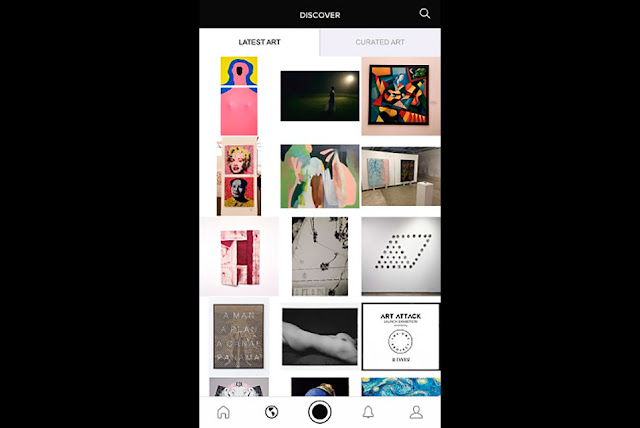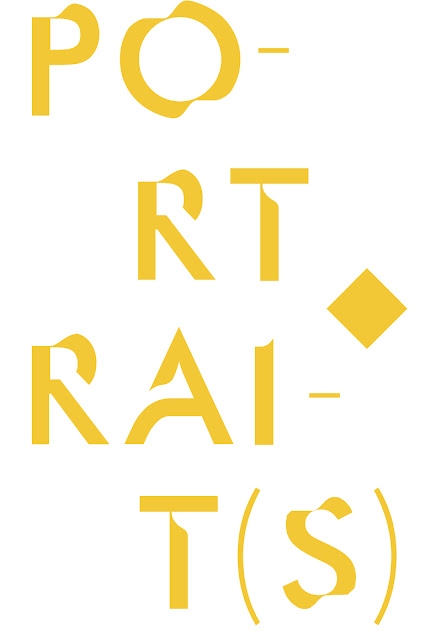.
The LAPADA Art & Antiques Fair will, for the eighth year running, bring together the very best in art and antiques from reputable dealers and experts in their fields. On offer will be works from an array of disciplines including jewellery, furniture, carpets, tapestries, antiquities, timepieces, ceramics, silver and fine art.
LAPADA Fair stands, which have sold out for 2016, are only open to members of LAPADA the Association of Art & Antiques Dealers. Members abide by a strict Code of Practice and an expert committee of 70 specialists pre-vet every piece individually, ensuring the authenticity of all work shown at the Fair.
Mieka Sywak, Director of the LAPADA Fair, comments: “We are pleased to announce that exhibitor stands at the 2016 LAPADA Fair were sold out by May 2016. With four months to go until the LAPADA Fair, this is exceptionally early compared with previous years. This result reflects the hard work and commitment shown by the Association to ensure the Fair remains popular and relevant to buyers and collectors alike. Dealers, in every discipline, have ensured the works they offer are of exceptional quality and presented beautifully. As organisers we have focused our efforts in creating an inviting atmosphere for visitors and are grateful to our partners and sponsors who have supported us in this endeavor.”
With a total of 113 members taking part, the country’s most prestigious event in the art and antiques calendar welcomes a host of new dealers with exciting and original works to tempt visitors.
New exhibitors
D. Larsson Interiör & Antikhandel, specialist in predominantly 18th and 19th century Swedish painted furniture and decorative arts, has a reputation for sourcing fine quality examples, individually selected for their design, integrity and original historic surfaces. R. N. Myers & Son will offer beautiful antique furniture, ceramics and works of art, including English and some European furniture with an emphasis on the 17th and 18th centuries, English and Oriental ceramics, paintings, textiles, works of art or more unusual oddities. Tim Saltwell will bring a selection of his finest 19th and early 20th century English and Continental furniture, bronzes, ormolu, mirrors and French clocks.
Pushkin Antiques Ltd will offer an exceptional selection of silver from England, China, Germany, India, Burma, Europe and Russia alongside collectables, including Louis Vuitton travel cases and luxury interior pieces.
Richard Hoppé Fine Antiques will bring continental glass, scent bottles, ceramic tiles. M&D Moir will also bring glass, including Art Nouveau and Art Deco pieces by the great makers René Lalique, Emile Gallé, Daum and Loetz, amongst others.
Kevin Page Oriental Art Limited will offer fine Japanese works of art from the Meiji era (18681912) including multi-metalware, Jizai, Okimono, lacquer and Shibayama, Satsuma, Netsuke, and cloissone, as well as Chinese ceramics and furniture.
Serhat Ahmet Ltd will be exhibiting a diverse range of fine European porcelain, including Meissen, KPM Berlin, Sèvres and Vienna, and objets de vertu from the 18th, 19th and 20th centuries.
Michael German Antiques, specialist in antique walking canes, fine arms and armour, and interesting maritime artefacts, will showcase a selection of works from these fascinating and unusual subjects.
Gideon Hatch will bring a selection of his contemporary rug designs, as well as antique rugs and textiles.
Portal Painters will exhibit work from artists Lizzie Riches, Peter Layzell and Steve Easby, whose finely detailed figurative paintings have a surreal flavour. Beaux Arts Bath will offer works from pre-eminent, established and emerging contemporary sculptors and painters, including Andrew Crocker, Anna Gillespie, Anthony Scott, Elisabeth Frink, Nathan Ford and Simon Allen. Flying Colours Gallery will showcase distinctive and desirable fine art paintings, with an emphasis on well known Scottish artists.
Whitford Fine Art will bring European and British 20th century painting and sculpture, with an emphasis on Modernism, Post-War Abstraction and Pop Art, artists include Caziel, Clive Barker, William Gear and Georges Bernède. Manya Igel Fine Arts will showcase a fine selection of 20th and 21st century British art, notably by Royal Academicians, members of the NEAC and other established artists.
Boundary Gallery will offer works from Modern British artists, including David Bomberg, Jacob Epstein, Josef Herman, Bernard Meninsky, Morris Kestelman, Alfred Wolmark, Jacob Kramer and the contemporary figurative artists Breuer-Weil and Lawson. John Iddon Fine Art will also show Modern British art from the 1930s to the present day, including distinguished Royal Academicians. Artists include: David Hockney, Donald Hamilton Fraser, Simon Palmer, Anne Swankie and Lucy Pratt, as well younger contemporary artists such as Melissa Scott-Miller.
Jewellery dealers participating for the first time include seventh generation dealer of fine antique jewellery, A Rakyan Collection, and Nigel Milne, who specialises in fine quality period and contemporary jewellery.
Four dealers are returning to participate in the LAPADA Fair. The first is second generation antique business William Cook, who deals in fine quality furniture and works of art. Next is Jonathan Cooper a specialist dealer in contemporary paintings and sculpture, as well as Titus Omega who deals in Art Nouveau, Art Deco and Arts & Crafts antiques. Finally is Brain Watson Antique Glass, who deals in antique glass for collectors and those who like to use glass from the past.










